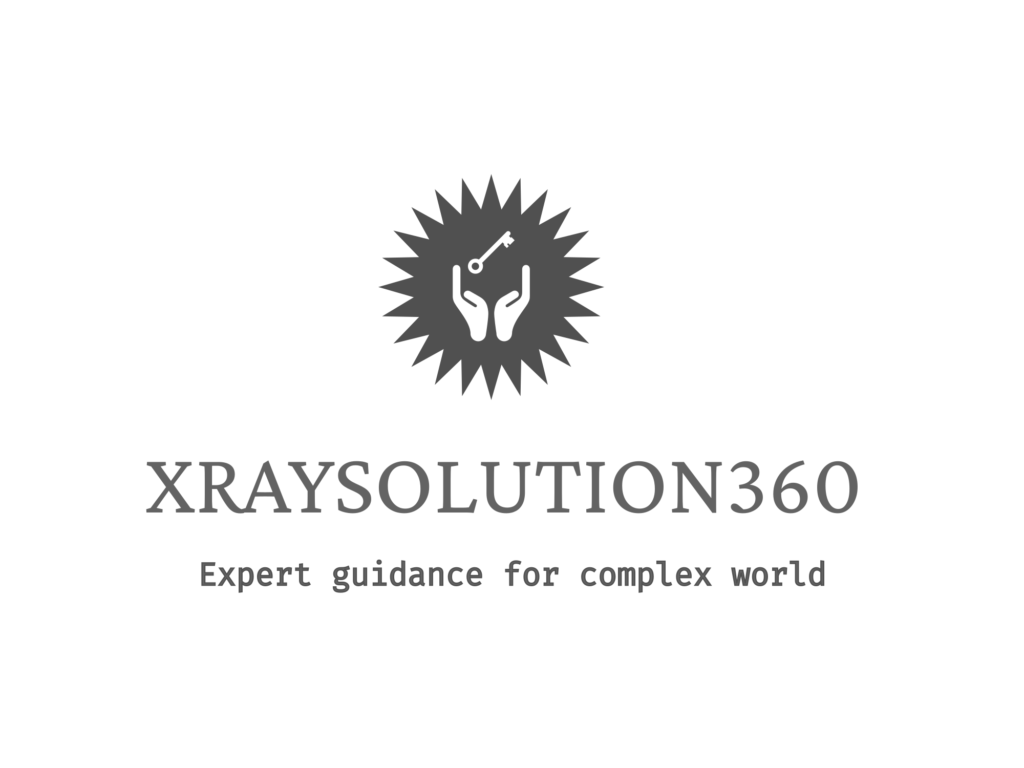Adhoc Applications in the context of diagnostic radiology refer to specialized regulatory requests submitted through the e-LORA (e-Licensing of Radiation Applications) system. These applications are used for addressing unique situations or specific requirements that do not fall under routine processes like licensing, renewal, or procurement. Below are the key types of Adhoc Applications in diagnostic radiology:
1. Removal of Duplicate or Incorrect X-ray Equipment Entries:
- This application is used to remove duplicate entries or incorrect declarations of X-ray equipment from the e-LORA system.
- It ensures that the facility’s inventory of radiation equipment is accurate and up to date.
- The facility must attach an application form titled ‘Removal of duplicate or incorrect declaration of medical X-ray equipment,’ which can be downloaded from the e-LORA system.
2. Recognition of X-ray Technologist Course:
- Facilities can submit applications for the recognition of X-ray technologist training courses offered by their institution.
- This is used to gain approval for courses provided to radiology personnel, ensuring that they meet AERB’s educational standards.
- Application forms for this process can be found on the AERB website, and submissions must include necessary supporting documentation.
3. Enforcement Compliance Report:
- This application is submitted to demonstrate compliance with enforcement actions issued by AERB, such as seals or warnings due to non-compliance issues.
- The facility must submit a report along with documentary evidence showing that the necessary corrective measures have been taken to resolve the non-compliance issues identified by the AERB.
4. Modification of Installation:
- This application allows facilities to report modifications in the layout or repositioning of X-ray equipment.
- It is used when there are changes to the original installation, including relocating equipment or adjusting shielding and structural components.
- The facility must provide details about the new layout and ensure it complies with all radiation protection requirements.
5. Decommissioning of X-ray Equipment:
- Intimation and Confirmation of Decommissioning: When an X-ray machine is to be decommissioned, the facility must submit an intimation application, followed by confirmation of the decommissioning by the service agency.
- This ensures that AERB is notified of equipment that is no longer in use and that the facility complies with proper decommissioning procedures.
6. Other Applications:
- Procurement of X-ray Tube: This is for applying to replace a damaged or old X-ray tube in an existing X-ray machine.
- Submission of Receipt After Receiving X-ray Tubes: Once the new tube is received, the facility must submit an acknowledgment of receipt through the e-LORA system.
- Safety Status Report: Submission of the annual safety status of the institute to ensure ongoing compliance with AERB standards.
7. Non-Compliance Response:
- If a facility has received non-compliance notices from AERB, an Adhoc application is submitted to respond with the corrective actions taken.
- Facilities may also apply for an extension if they need more time to rectify the non-compliance issues.
Importance of Adhoc Applications:
- Flexibility: These applications provide flexibility to handle non-routine or specialized requests that are not covered under standard regulatory categories.
- Ensuring Compliance: They help ensure that facilities remain in compliance with safety regulations, even in special cases that may arise during operation.
- Maintaining Accurate Records: By removing incorrect entries, modifying installations, and reporting decommissioning, facilities keep their records accurate, which is crucial for regulatory oversight.
These Adhoc Applications are essential tools for diagnostic radiology facilities to manage unique regulatory needs, address specific compliance issues, and maintain accurate documentation within the AERB’s e-LORA system.


